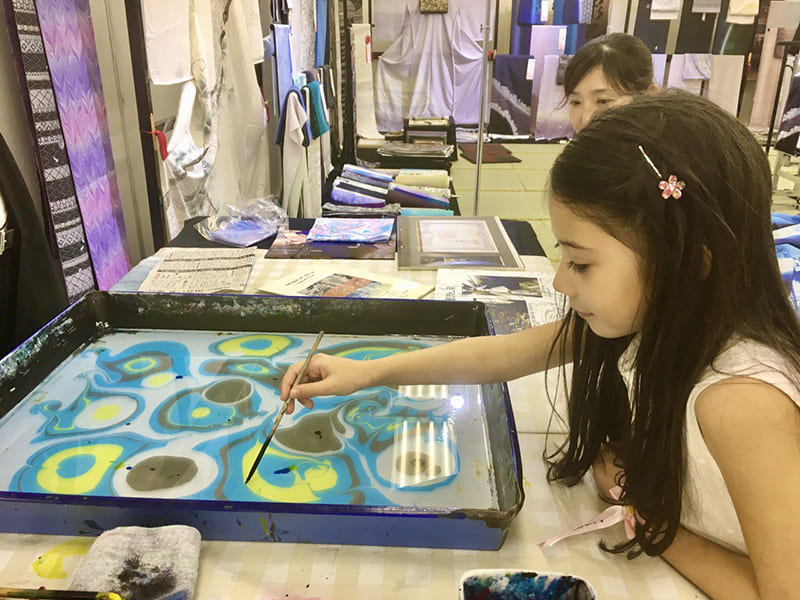EXHIBITION “WISTERIA and the 8 Collections” MAY 2024
WISTERIA and the 8 Collections, in May, Círculo Mercantil e Industrial. Seville. LIVE GUIDED TOUR EVERY DAY ON INSTAGRAM Every day Sonia will conduct a live guided tour explaining the works in the exhibition. The time of that day will be announced on instagram stories. HOURS: Monday to Friday from 10 am to …









